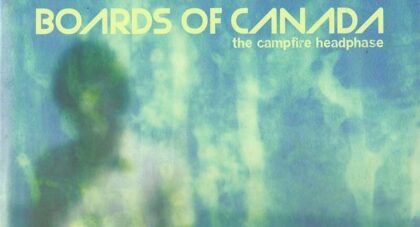Yeti went down in the psychedelic annals as a movement defining juggernaut. The four sides that constituted the behemoth opened the gates of kosmische hell—the stamp of approval that acid-drenched weirdness could live on well past the 1960s, even if the adherents to such gospel were relegated to pop-music obscurity. On Tanz Der Lemminge, we’re greeted by the familiar echoes of psychedelia, but not as we’ve known it . . .
Only the good shit. Aquarium Drunkard is powered by its patrons. Keep the servers humming and help us continue doing it by pledging your support.
To continue reading, become a member or log in.


